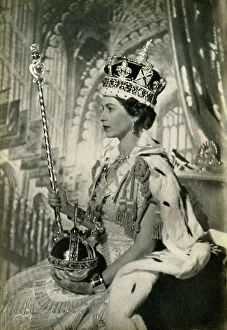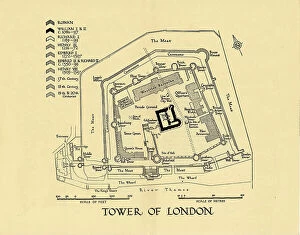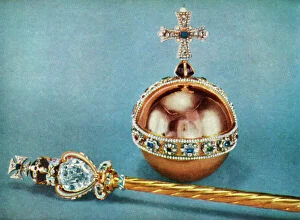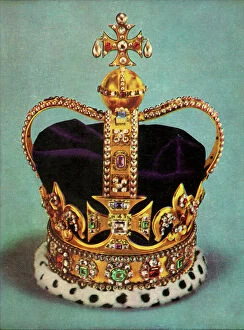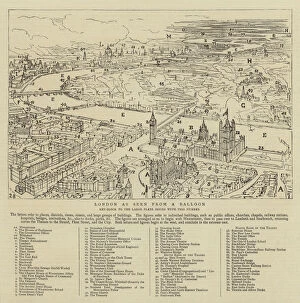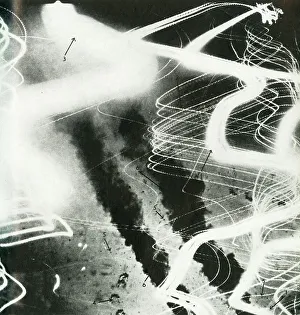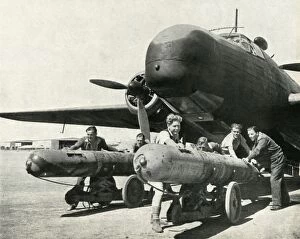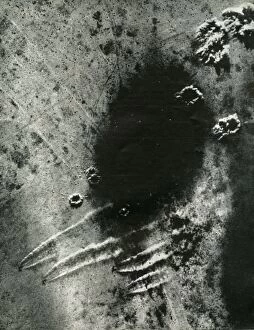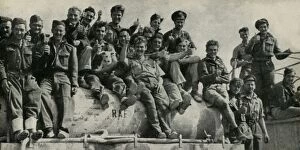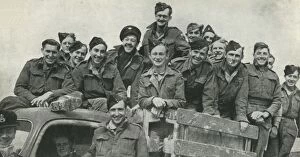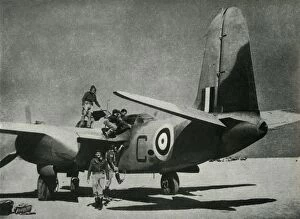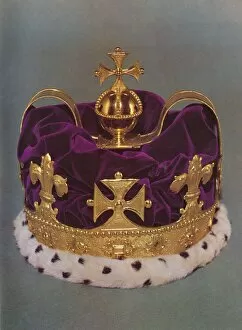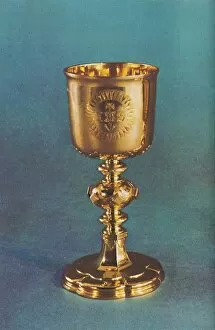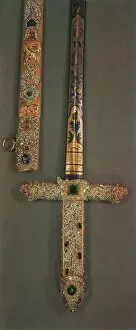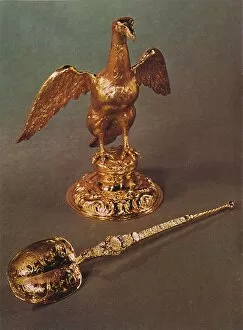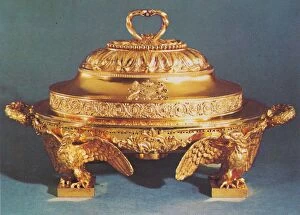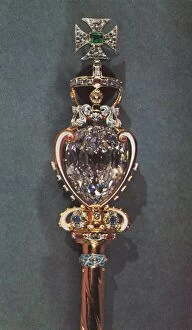Her Majestys Stationery Office Collection
"Her Majesty's Stationery Office: Preserving British History and Legacy" Step into the world of Her Majesty's Stationery Office (HMSO
All Professionally Made to Order for Quick Shipping
"Her Majesty's Stationery Office: Preserving British History and Legacy" Step into the world of Her Majesty's Stationery Office (HMSO), where history comes alive through a vast collection of artifacts and documents. Established in 1786, HMSO has played a pivotal role in preserving the rich heritage of the United Kingdom. Adorned with the prestigious Insignia of the Order of the British Empire (1953) and Robes of the Royal Victorian Order (1953), HMSO stands as a symbol of royal recognition for its exceptional contributions. Its walls echo with stories from bygone eras, each item holding an intriguing tale. Amongst these treasures lies the Great Sword of State with scabbard (1953), representing strength and authority. It serves as a reminder that even amidst turbulent times, Britain stood tall and united under her majesty's reign. As you explore further, immerse yourself in London's panoramic view captured from a Balloon engraving. Witnessing this breathtaking sight reminds us that while technology may have evolved since then, our admiration for this magnificent city remains unchanged. Delve deeper into history as you discover relics from World War II – Tobruk, Rommel's supply gateway; The mail run to Benghazi made possible during c1942-1943; Naval Albacores soaring across hundreds of miles carrying torpedoes; The tank buster emerging as a formidable weapon against enemy forces; Huge bombproof stores crafted within caves to protect vital supplies - all testament to Britain's resilience during those trying times. Witness R. A. F Ground Crews stationed in Tripolitania during c1942-1943 diligently ensuring aircraft readiness while Luftwaffe scrambles at Bostons flown by S. A. A. F. , showcasing bravery on both sides amidst conflict. Her Majesty’s Stationery Office is not just an institution but also a guardian entrusted with safeguarding national heritage.




